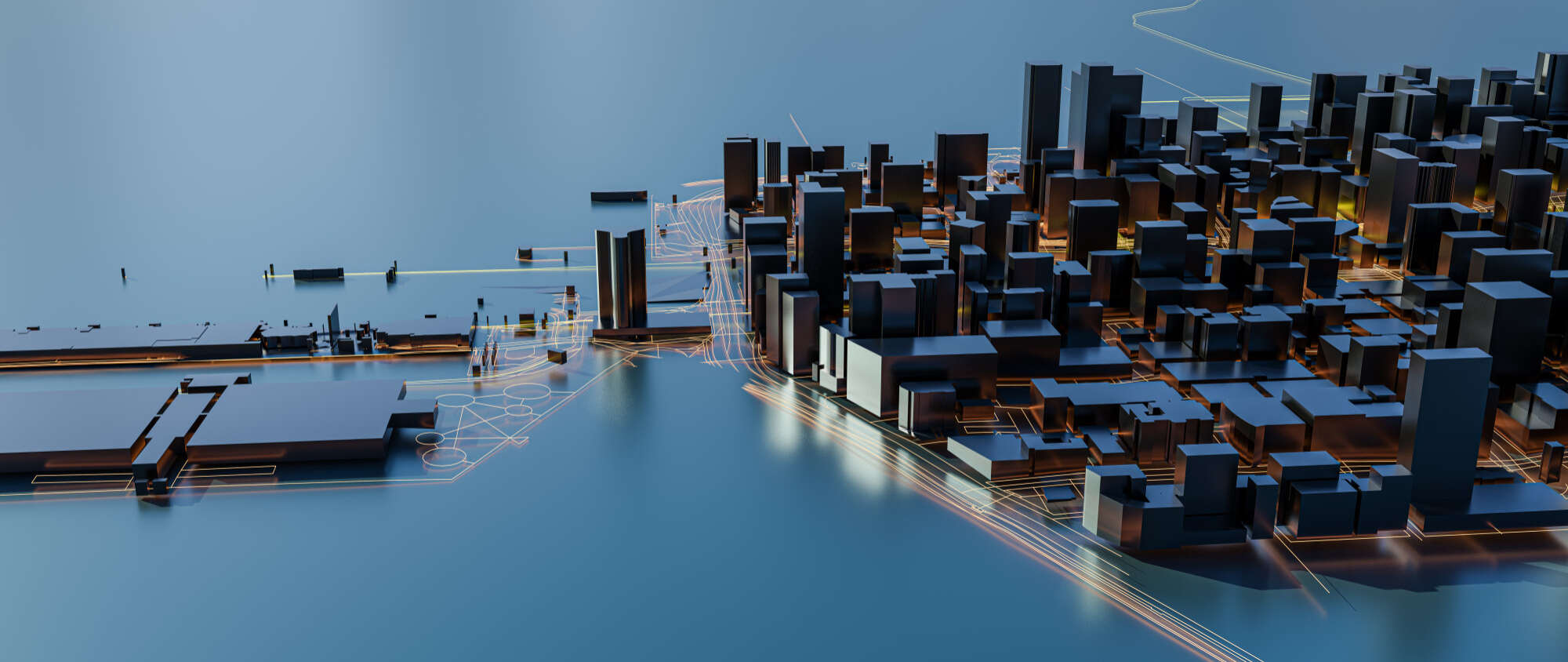Introduction
In today’s data-driven world, organizations are constantly seeking innovative ways to store, manage, and analyze their data effectively. As we enter 2023, several trends are emerging in data infrastructure that promise to shape the future of data management.
In this blog, we will explore the top 5 trends that are set to revolutionize data infrastructure in 2023 and beyond.
1. Cloud-Native Data Platforms
Cloud computing has been a game-changer for data infrastructure, and in 2023, we can expect a significant shift towards cloud-native data platforms. These platforms leverage the scalability, flexibility, and cost-efficiency offered by cloud services to handle the growing volumes of data. With cloud-native platforms, organizations can seamlessly scale their data infrastructure as per their needs, reducing the need for large upfront investments in hardware and infrastructure.
Moreover, these platforms often provide built-in data analytics and AI capabilities, enabling organizations to extract valuable insights from their data in real-time. The adoption of cloud-native data platforms will empower businesses to become more agile, innovative, and competitive in today’s fast-paced digital landscape.
2. Edge Computing for Real-Time Analytics
As the Internet of Things (IoT) continues to expand, there is a massive influx of data generated at the edge of the network. Edge computing, which involves processing data closer to its source rather than sending it to centralized data centers, is gaining prominence in 2023.
By analyzing data in real-time at the edge, organizations can make quicker decisions, improve operational efficiency, and deliver faster services. Edge computing also reduces latency issues by minimizing the data transfer time between devices and centralized servers.
As a result, data infrastructure in 2023 will witness the integration of edge computing frameworks, enabling organizations to harness the power of real-time analytics and gain a competitive advantage in various industries, such as manufacturing, healthcare, and transportation.
3. Data Governance and Privacy
With the increasing volume and importance of data, ensuring proper data governance and privacy has become a critical concern for organizations. In 2023, there will be a strong focus on implementing robust data governance frameworks and adhering to privacy regulations such as the General Data Protection Regulation (GDPR) and the California Consumer Privacy Act (CCPA).
Data infrastructure will need to incorporate features that allow organizations to manage data lineage effectively, access controls, and data quality. Additionally, privacy-enhancing technologies like homomorphic encryption and federated learning will gain traction, enabling organizations to derive insights from sensitive data without compromising privacy. By prioritizing data governance and privacy, organizations can build trust with their customers, enhance data security, and mitigate potential legal and reputational risks.
4. DataOps and Automation
Another significant trend in data infrastructure for 2023 is the adoption of DataOps and automation practices. DataOps is an emerging approach that combines the principles of agile development, DevOps, and data management to streamline and automate the entire data lifecycle.
In traditional data management processes, data pipelines are often fragmented and time-consuming to set up and maintain. However, with DataOps, organizations can automate data integration, data quality checks, and data pipeline orchestration, leading to faster and more reliable data delivery.
Automation tools and technologies will play a crucial role in enabling DataOps practices, allowing data teams to focus on higher-value tasks such as data analysis and insights generation. By embracing DataOps and automation, organizations can accelerate their time to value, improve data quality, and enhance collaboration between data engineers, data scientists, and other stakeholders.
5. AI and Machine Learning in Data Infrastructure
Artificial Intelligence (AI) and Machine Learning (ML) are no longer just buzzwords; they are becoming integral components of modern data infrastructure. In 2023, we can expect an increased adoption of AI and ML techniques to enhance data infrastructure capabilities. AI-powered data management solutions can automate tasks such as data discovery, data classification, and data cataloging, making it easier for organizations to understand and leverage their data assets. ML algorithms can also assist in data governance by identifying and flagging potential data quality issues, anomalies, and security threats.
Moreover, AI and ML models can be deployed directly on data platforms to enable real-time analytics, predictive modeling, and anomaly detection. By leveraging AI and ML in data infrastructure, organizations can extract actionable insights from their data, optimize operations, and drive innovation.
Conclusion
The trends discussed above represent the top three advancements in data infrastructure that will shape the landscape in 2023. Cloud-native data platforms will empower organizations with scalability and flexibility, while edge computing will enable real-time analytics and faster decision-making at the edge of the network. Data governance and privacy will continue to be critical concerns, driving the implementation of robust frameworks and privacy-enhancing technologies.
Additionally, the adoption of DataOps and automation practices, along with the integration of AI and ML techniques, will accelerate data delivery, enhance data quality, and enable advanced analytics. By staying abreast of these trends and incorporating them into their data infrastructure strategies, organizations can position themselves for success in the data-driven era of 2023 and beyond.

